Let’s make mental self-care a habit.

Ruby Liu MY
One-stop online mental health self-help platform.

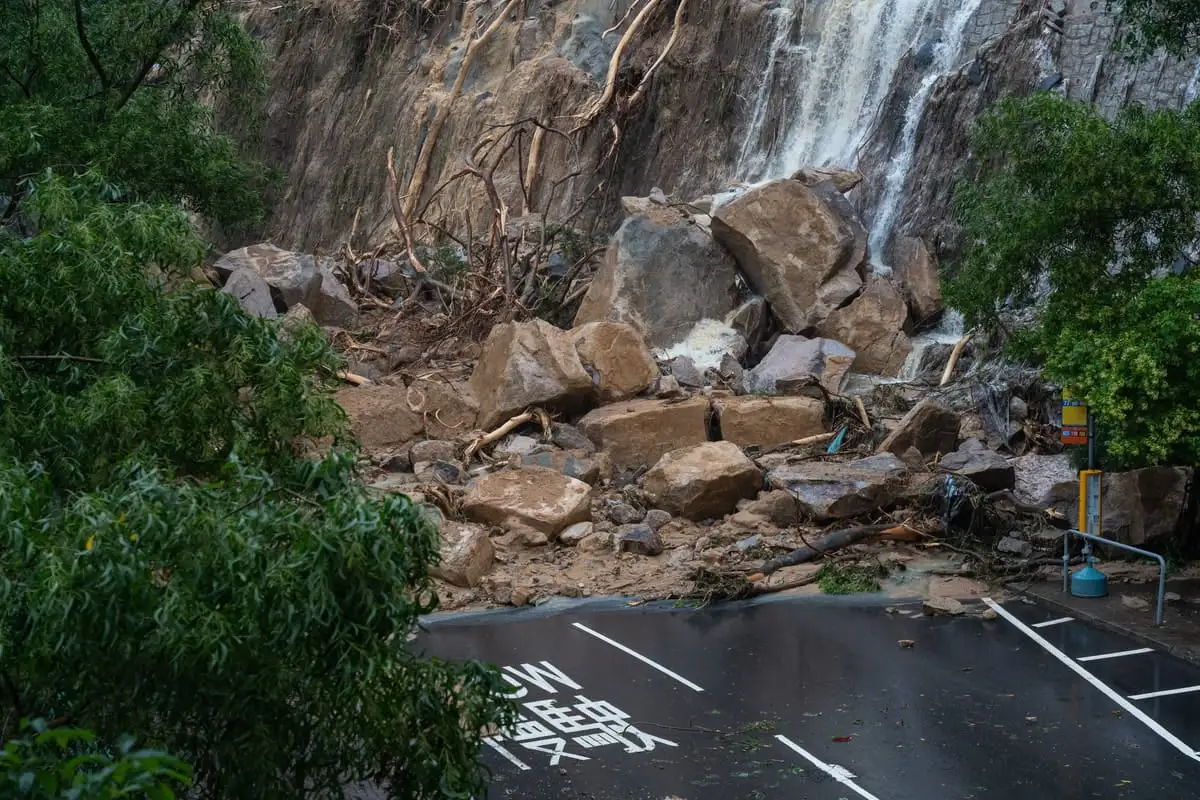
(Source: Greenpeace Hong Kong)
In September, our city was rattled by unprecedented rainstorms unleashed by Typhoon Haikui, leaving us in a state of profound shock. Yet, while we were still grappling with the aftermath, Typhoon Koinu menacingly approached, thrusting the entire city into a heightened state of alertness and necessitating extensive storm preparations.
During the storms, did you find yourself immersed in reading the news, filled with concern for the people on the streets, the homeless, and the animals? Or were you gazing out of your window, observing the raging storm, patiently waiting for it to pass? Alternatively, did you simply find yourself drifting off to sleep, feeling detached as the world continued to move around you?
While it is labeled as a "once-in-500-years extreme weather event," with a probability of the same intensity of rainfall occurring every year being 1 in 500, some meteorologists argue that extreme weather is becoming increasingly frequent and normalized. This serves as a poignant reminder that we must include climate change as a vital consideration in our future planning.
Climate change encompasses vast and interconnected consequences. Beyond the immediate disasters of environmental damage, casualties, and property losses, it silently imperils a range of social, economic, and environmental threats that jeopardize both our physical and mental well-being.
For instance, the previous serious rainstorm resulted in extensive flooding, leaving farmers in a state of helplessness and isolation as they witnessed the devastating destruction of their homes. Such experiences may have left lasting mental scars and traumas. Additionally, the soil and murky water, exposed during typhoons or rainstorms, harbor bacteria like Burkholderia, which is known to cause diseases like Melioidosis, further compromising their health. Furthermore, the loss of all planted seeds disrupts the year-long crop supply, dealing a severe blow to the farmers' livelihoods. In the aftermath of this disaster, its impact may persist, affecting the lives and psychological well-being of these farmers.
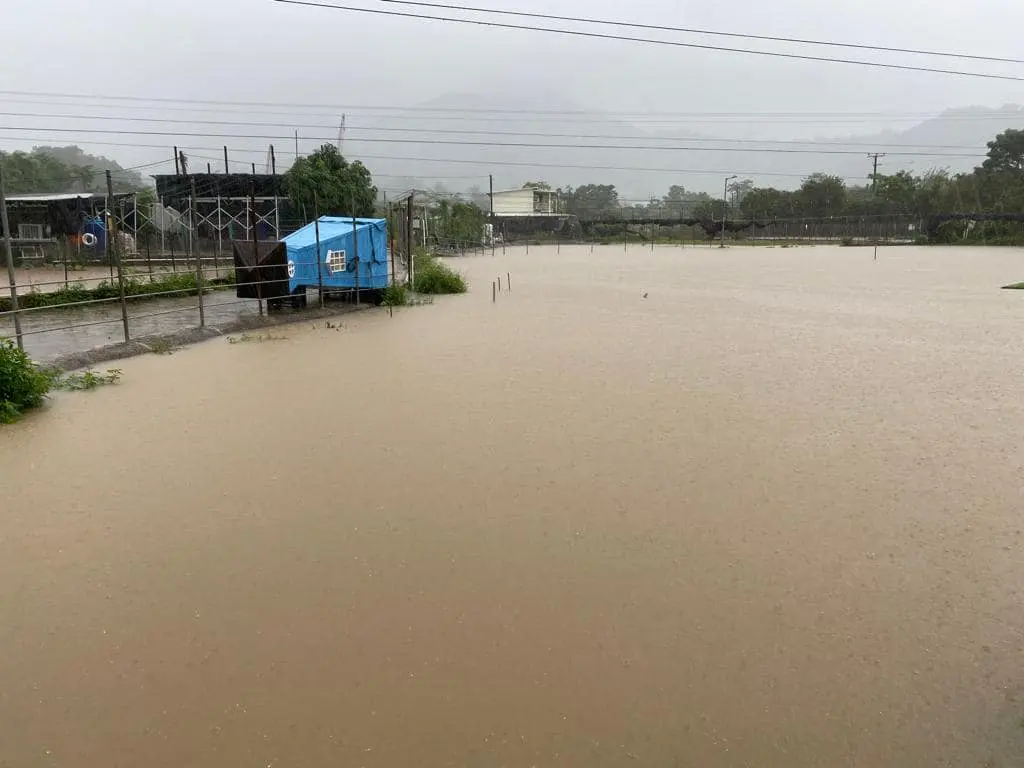
(Source: "Shun Sum Yuen Farm" Facebook, farmland became a lake due to heavy rainfall)
Adapting to climate change places a heavy load on us, both physically and mentally. For example, research conducted abroad has shown that heat stress during heat waves can affect the part of the brain responsible for complex thinking, leading to cognitive difficulties. Harvard researchers found that students in rooms without air conditioning experienced a decline in working memory and reacted 13% slower during heat waves. When our ability to think clearly is compromised, it can increase irritability and the likelihood of displaying aggression. Similarly, local studies indicate that higher temperatures contribute to a higher rate of hospitalization among mentally ill individuals, especially the elderly.
In contrast, sudden drops in temperature can also have an effect on our mood, giving rise to Seasonal Affective Disorder (SAD). SAD is frequently observed during seasonal transitions, particularly in autumn and winter, and is attributed to reduced exposure to light, which disrupts the production of important neurochemicals like serotonin and melatonin.
In the face of escalating extreme weather events, our mental well-being becomes increasingly vulnerable to the instability brought about by the growing prevalence of unconventional weather patterns.
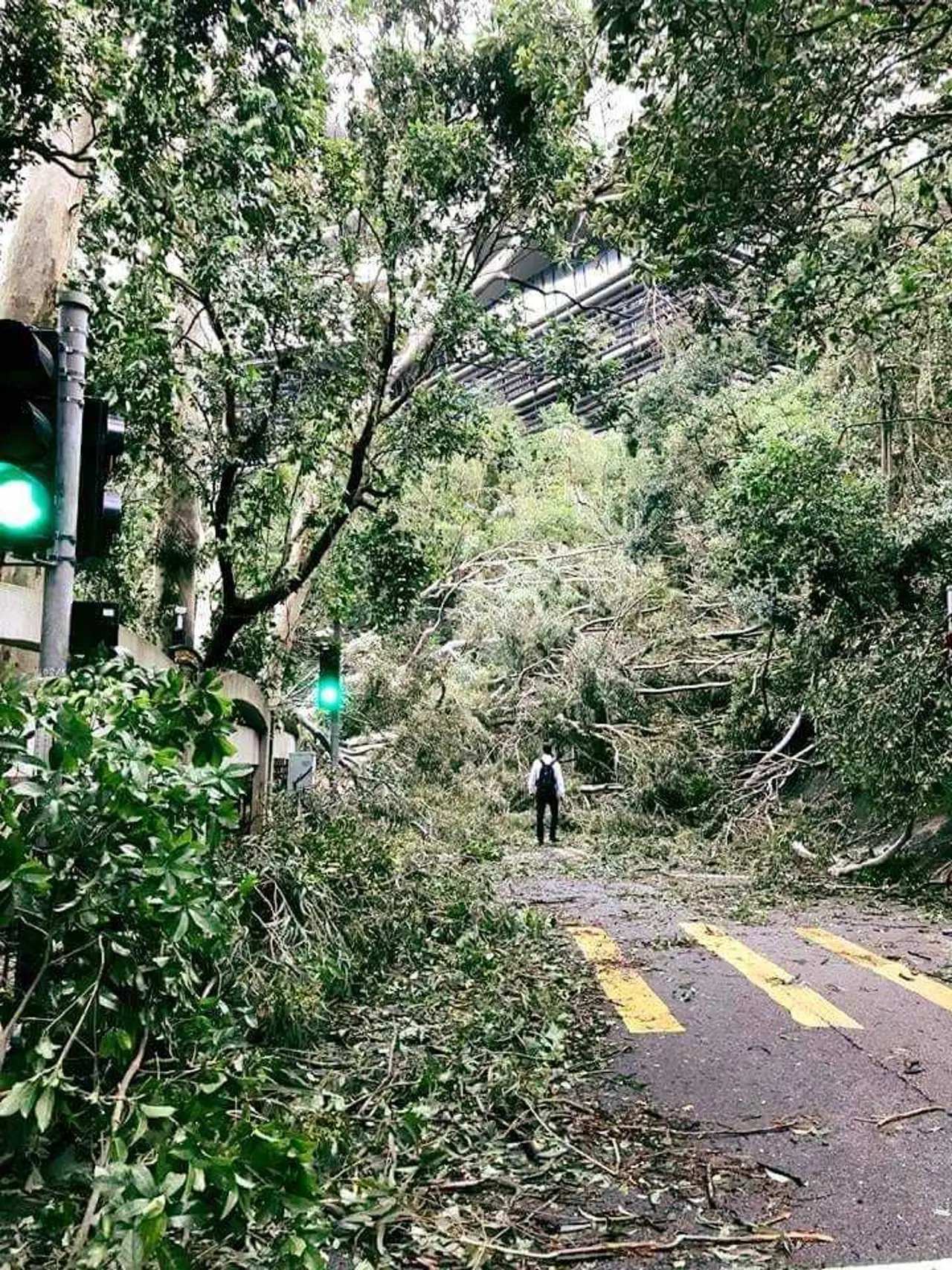
(Undeterred by the aftermath of Typhoon Mangkhut in 2018, a Hong Konger persevered in his commute to work.)
Journeying through the annals of 2023's extreme weather events across the globe, the World Meteorological Organization highlights a significant milestone as July marks the highest recorded average temperature in history. Southern European nations grapple with an unprecedented heatwave, while provinces in China's Changjiang River Basin endure relentless downpours. Libya faces catastrophic floods. Climate change not only brings immediate calamities but also poses a threat to the legacies and historical sites passed down through generations. For example, the Mogao Caves in Dunhuang face the risk of losing their precious wall paintings due to the dangerous combination of high humidity and frequent environmental fluctuations.
When a familiar person transforms into a stranger, it brings immense pain. Similarly, witnessing a once-familiar home undergo a profound transformation can evoke a similar sense of loss. In 2003, Australian environmental philosopher Glenn Albrecht coined the term "solastalgia" to describe this experience, combining "solace" and "nostalgia". Solastalgia encompasses the psychological distress, sadness, and stress individuals endure due to changes in their home environment, even when they physically remain in those places.
During media interviews with residents of Wong Tai Sin, the hardest-hit area in Hong Kong during the recent rainstorm, many voiced feelings of sadness and heartbreak as they witnessed their homes devastated by the disaster. Their emotions serve as a poignant manifestation of the solastalgia phenomenon mentioned earlier. Another example can be found in the residents of Ma Shi Po Village, whose land was acquired due to the North East New Territories Development Plan. These individuals experienced a profound sense of helplessness when confronted with environmental changes in their beloved homes. Faced with drastic alterations to the environment they relied upon, they may suffer from symptoms such as anxiety, stress, helplessness, depression, and insomnia.
Moreover, extreme weather events intensify the difficulties faced by vulnerable groups, including the elderly, individuals with chronic illnesses, those who have undergone the challenges of mental illness, residents of cramped apartments, and those experiencing homelessness. These individuals, due to limited resources, mobility, and physical strength, encounter significant obstacles in adapting to changes in their living environments caused by extreme weather events. In countries with limited resources and slower development, there is a growing population of "climate refugees" who have been displaced by rising sea levels, droughts, floods, and food shortages. For example, during the recent Zhuozhou floods in Hebei province, the entire city was submerged, compelling many people to evacuate their homes and resulting in the loss of their livelihoods. Consequently, a multitude of post-disaster challenges arise, including housing reconstruction, diminished job opportunities, and enduring psychological trauma.

(Source: Greenpeace Hong Kong)
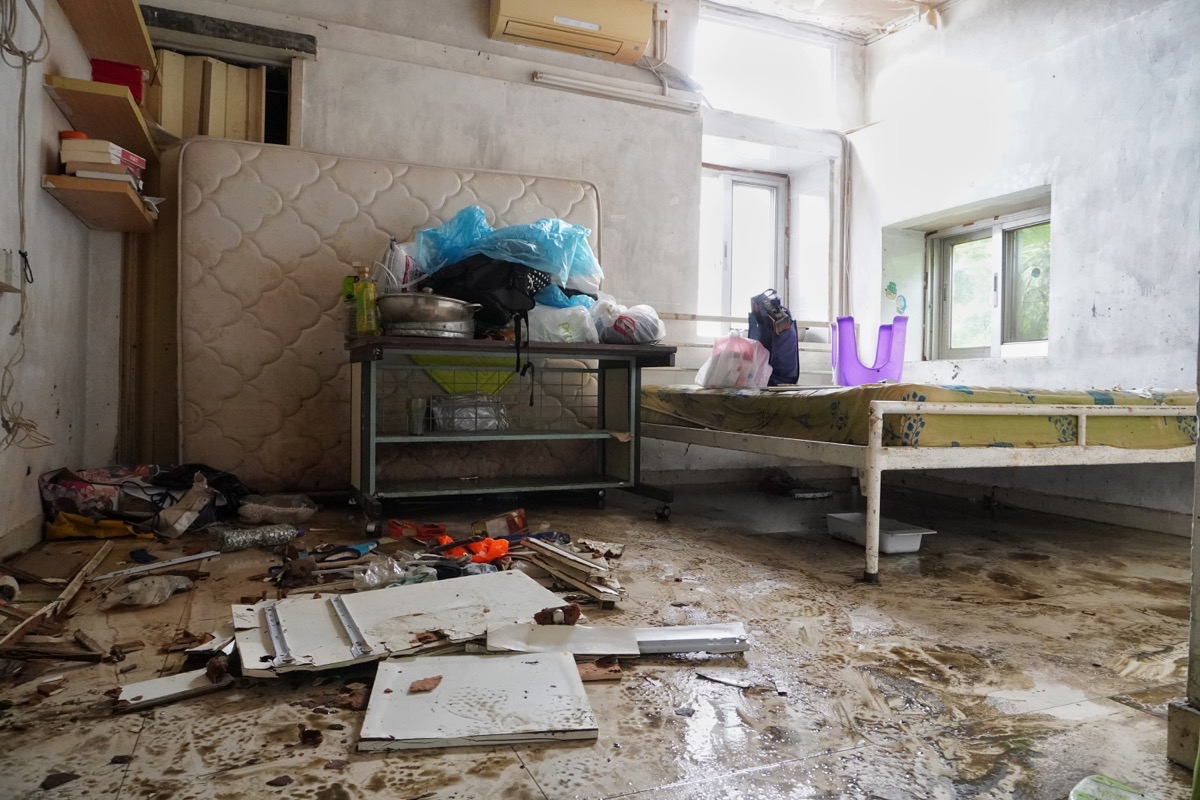
(Following the rainstorms in Hong Kong, some victims in the North District experienced a distressing situation where objects within their homes became infested with worms due to being soaked in muddy water.)
Ecological anxiety, also known as eco-anxiety, is characterized by a chronic fear of environmental destruction, as described by the American Psychological Association. It encompasses a range of symptoms, including stress reactions like loss of appetite, restlessness, and feelings of weakness, as well as clinical diagnoses such as depression, anxiety, panic disorder, and post-traumatic stress syndrome. Scholars, such as Clayton and Karazsia (2020), have developed the Climate Change Anxiety Scale to assess and understand this phenomenon. Across Europe, ecological anxiety is already prevalent, with a significant number of young people expressing deep concern about climate change. In fact, in interviews, 59% of young individuals reported being very worried about the issue, and over 45% believed that these anxieties were already impacting their daily lives. However, researchers argue that it is healthier to acknowledge and address these concerns rather than denying or ignoring them. They further suggest that developing resilience in our daily lives can help minimize the psychological stress caused by climate change.
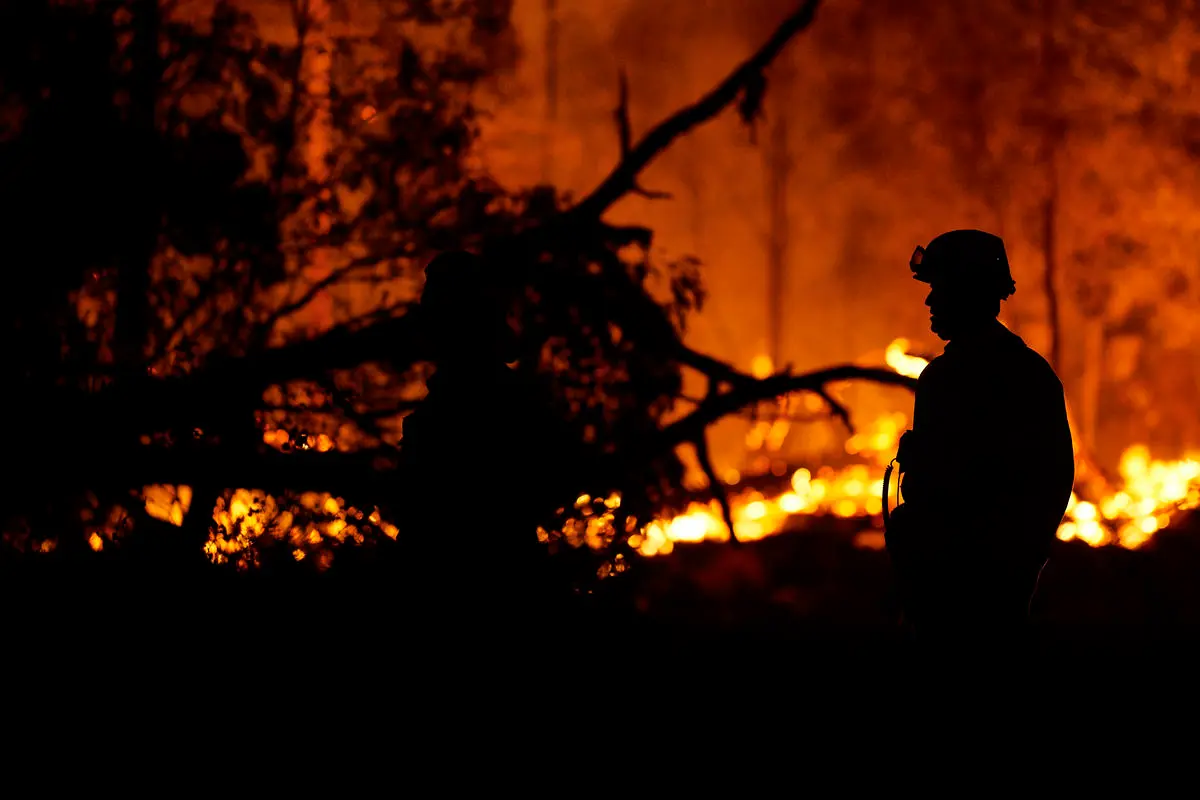
(Source: Getty Images)
In the aftermath of the rainstorms we experienced together, what other lessons did the rain teach us besides washing away the city and exposing the vulnerability of the people?
Under the influence of global warming, humanity and nature are interconnected, sharing a common destiny. We are mutually dependent, interacting with and constrained by the natural world. Nature can provide solace and tranquility, but it can also unleash destruction. Recognizing this interconnectedness, we come to understand that the actions of each individual among the world's 8 billion people will shape the climate of our future. Starting with our daily lives, even simple actions can have a significant long-term impact on reducing our environmental burden. Practices such as recycling plastics, conserving energy, and practicing waste reduction can contribute to a more sustainable future. Before making a purchase or a decision, taking a moment of conscious thought can also make a difference. Ask yourself questions like, "Is this an impulse purchase?", "Do I truly need it?", "Can I consume all the food?", or "Did I bring a reusable bag?" (the list goes on). Each person's path to sustainable living is unique, and everyone can make small changes every day that collectively lead to a significant positive impact on the world. By embracing a mindset of mindful consumption and making conscious choices, we can contribute to a healthier environment. Remember, "I think, therefore I am" when it comes to the environment. By aligning our actions with our values and priorities, we can make meaningful changes and create a more sustainable future.
By taking an additional stride, we have the opportunity to share relevant information within various communities such as friends, family, colleagues, neighbors, and social platforms. This proactive approach aims to ignite and deepen awareness among a wider audience, fostering a collective effort to create a sustainable society. It also entails paying close attention to local urban planning and climate policies, such as questioning whether there are more viable alternatives to address the persistent rise of sea levels beyond artificial islands. Moreover, we can actively engage in campaigns urging the government to formulate climate policies that prioritize human well-being and timely action. Concurrently, fostering resilience and cultivating a sense of purpose and happiness within ourselves and our city becomes a vital endeavor.
References:
Cedeño Laurent, J. G., Williams, A., Oulhote, Y., Zanobetti, A., Allen, J. G., & Spengler, J. D. (2018). Reduced cognitive function during a heat wave among residents of non-air-conditioned buildings: An observational study of young adults in the summer of 2016. PLoS medicine, 15(7), e1002605. https://doi.org/10.1371/journal.pmed.1002605
Albrecht, G., Sartore, G. M., Connor, L., Higginbotham, N., Freeman, S., Kelly, B., Stain, H., Tonna, A., & Pollard, G. (2007). Solastalgia: the distress caused by environmental change. Australasian psychiatry : bulletin of Royal Australian and New Zealand College of Psychiatrists, 15 Suppl 1, S95–S98. https://doi.org/10.1080/10398560701701288
Chan, E. Y. Y., Lam, H. C. Y., So, S. H. W., Goggins, W. B., Ho, J. Y., Liu, S., & Chung, P. P. W. (2018). Association between Ambient Temperatures and Mental Disorder Hospitalizations in a Subtropical City: A Time-Series Study of Hong Kong Special Administrative Region. International journal of environmental research and public health, 15(4), 754. https://doi.org/10.3390/ijerph15040754
Dodds J. (2021). The psychology of climate anxiety. BJPsych bulletin, 45(4), 222–226. https://doi.org/10.1192/bjb.2021.18
Padhy, S. K., Sarkar, S., Panigrahi, M., & Paul, S. (2015). Mental health effects of climate change. Indian journal of occupational and environmental medicine, 19(1), 3–7. https://doi.org/10.4103/0019-5278.156997
Clayton, S., & Karazsia, B. T. (2020). Development and validation of a measure of climate change anxiety. Journal of Environmental Psychology, 69, 101434. https://doi.org/10.1016/j.jenvp.2020.101434

Ruby Liu MY
Well-being Promotion Officer of Jockey Club TourHeart+ Project
 阿本
阿本
已加到「我的練習」讓你隨時新增或翻閱紀錄

我們為你準備了更適合你現時狀況的內容,而之前的內容仍會保留。